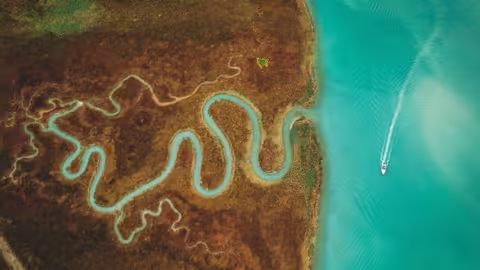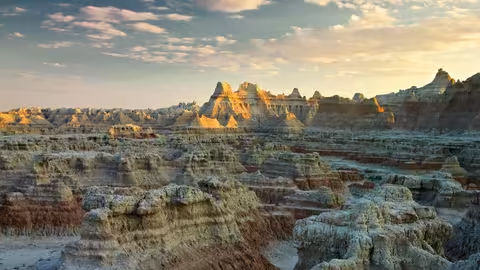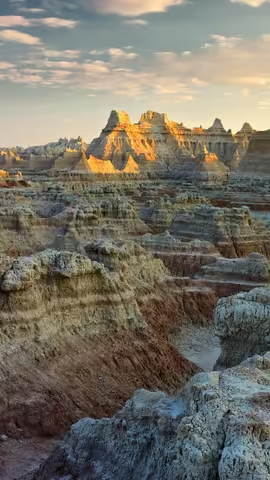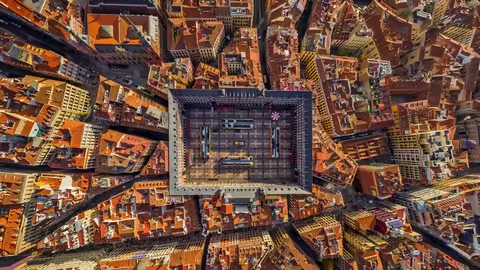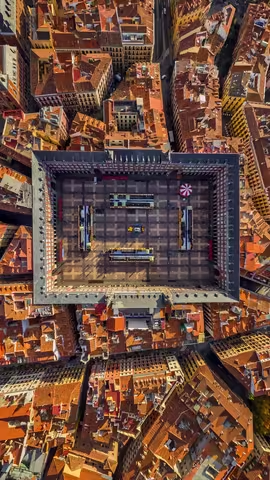The heart of the grid
Aerial view of Plaza Mayor, Madrid, Spain
Seen from above, the uniform arcades and tiled rooftops of Plaza Mayor in Madrid—the capital of Spain—create a captivating architectural harmony. Once the site of a bustling market square known as the Plaza del Arrabal, this historic space has witnessed the city's transformation over the centuries. The shift began in 1561, when the plaza came under Madrid's jurisdiction after the royal court moved from Toledo. Inspired by a vision of order and grandeur, King Philip II reimagined the square—though construction did not actually begin until 1617, under the reign of Philip III.
Featuring a rectangular layout, the plaza is framed by three-story buildings with 237 inward-facing balconies. It has ten entrances, nine of which are gated. At its centre stands the equestrian statue of Philip III, added in 1848. Over the years, the square has hosted everything from local festivities and bullfights to beatifications and royal ceremonies. Today, it remains a vibrant gathering place, featuring Easter drum parades, outdoor concerts, an annual Christmas market and a Sunday morning market for stamp and coin collectors.
本周 2025年第35周
必应精选
全球之美














